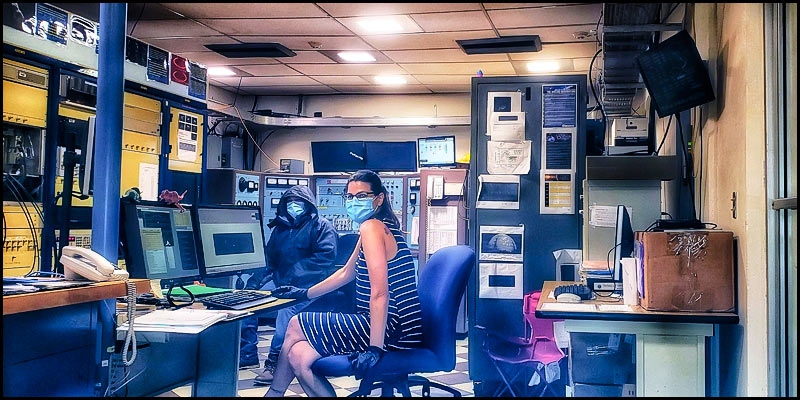Giant asteroid to pass close to Earth next week


Send us your feedback to audioarticles@vaarta.com



An asteroid which was first spotted in 1998, called 52768 (1998 OR2), is expected to zip past Earth next week. However, it is not expected to collide with our planet, as per reports.

The asteroid will reportedly pass within 3908791 miles of Earth, moving at 19461 miles per hour on April 29. When the asteroid was first discovered, NASA had mentioned that the asteroid was large enough to cause global effects if it impacted Earth. A newly-captured image by Arecibo Observatory makes the asteroid look as though it's wearing its own mask, a reminder of the ongoing coronavirus pandemic. Anne Virkki, head of planetary radar at Arecibo Observatory, said in a statement, "The small-scale topographic features such as hills and ridges on one end of asteroid 1998 OR2 are fascinating scientifically. But since we are all thinking about Covid-19, these features make it look like 1998 OR2 remembered to wear a mask." She further added, "Although this asteroid is not projected to impact Earth, it is important to understand the characteristics of these types of objects to improve impact-risk mitigation technologies."

Jacquie Milner from Mount Burnett Observatory in Victoria reportedly told an International news agency that the asteroid will be appear bright enough in a proper equipment. "The closest approach of this particular asteroid will take place at 7:56 pm, Melbourne time, on the 29th of April. While it won't be bright enough, or close enough thank goodness, to be seen with the naked eye, an experienced amateur astronomer with a decent-sized (at least 8-inch) telescope will be able to find it overhead in the constellation of Hydra," she reportedly stated, and further mentioned, "There are over 2000 of these PHAs currently being monitored by space scientists, but even though they use the term 'potentially hazardous', happily this one is not a danger to us here on Earth."

Although OR2 is the largest asteroid expected to fly by Earth within the next two months, it is apparently not the largest ever. "Asteroid 3122 Florence (1981 ET3), which flew by and luckily missed colliding with Earth on September 1, 2017. It will make another pass again on September 2, 2057. That asteroid is estimated to be between two and a half and five and a half miles wide," a report mentioned.
#TeamRadar and the @NAICobservatory staff are taking the proper safety measures as we continue observations. This week we have been observing near-Earth asteroid 1998 OR2, which looks like it's wearing a mask! It's at least 1.5 km across and is passing 16 lunar distances away! pic.twitter.com/X2mQJCT2Qg
— Arecibo Radar (@AreciboRadar) April 18, 2020
Enjoy this super video, showing potentially hazardous #asteroid #1998OR2 moving across the stars, preparing for its SAFE flyby next 29 April. @BadAstronomer @AsteroidDay @PopSci @earthskyscience @universetoday @SkyandTelescope
— Virtual Telescope (@VirtualTelescop) April 17, 2020
Full res version: https://t.co/OHKUvGhH4f pic.twitter.com/p1T2hUuI9Q
Follow us on Google News and stay updated with the latest!
-

Anvika Priya
Contact at support@indiaglitz.com




 Follow
Follow








-a3e.jpg)
-3c4.jpg)
-e5c.jpg)
-e66.jpg)
-71b.jpg)
-5d5.jpg)
-adc.jpg)
-798.jpg)

-7c2.jpg)































Comments